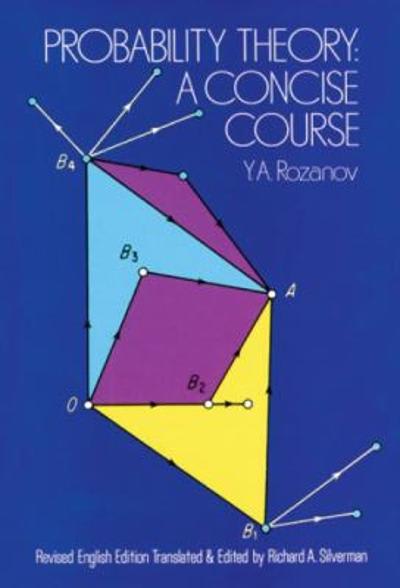Question
Unit 3 Question 12 Why do we use a one-sample t- test for this scenario? Scenario: In a classic study of infant attachment, Harlow (1959)
Unit 3 Question 12
Why do we use a one-sample t-test for this scenario?
Scenario:
In a classic study of infant attachment, Harlow (1959) placed infant monkeys in cages with two artificial surrogate mothers. One "mother" was made from bare wire mesh and contained a baby bottle from which the infants could feed. The other mother was made from soft terry cloth and did not provide any access to food. Harlow observed the infant monkeys and recorded how much time per day was spent with each mother. In a typical day, the infants spent a total of 18 hours clinging to one of the two mothers. If there were no preference between the two, you would expect the time to be divided evenly, with an average of = 9 hours for each of the mothers. However, the typical monkey spent around 15 hours per day with the terry-cloth mother, indicating a strong preference for the soft, cuddly mother. The researcher was determined to figure out if the monkeys would spend more than an average amount of time ( = 9 hours) with the terry-cloth mother?
Step by Step Solution
There are 3 Steps involved in it
Step: 1

Get Instant Access to Expert-Tailored Solutions
See step-by-step solutions with expert insights and AI powered tools for academic success
Step: 2

Step: 3

Ace Your Homework with AI
Get the answers you need in no time with our AI-driven, step-by-step assistance
Get Started


